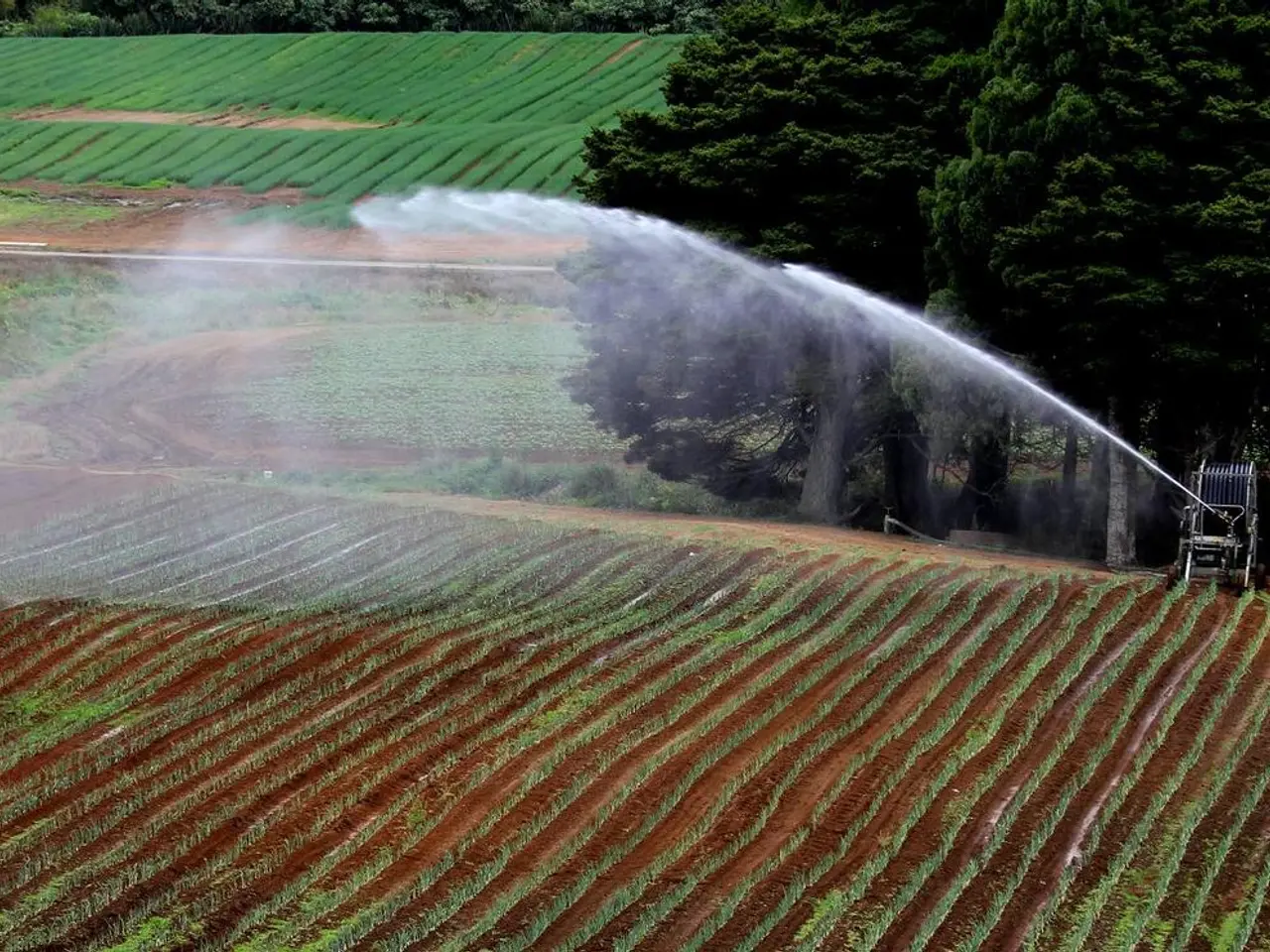Rabi Pulse Crop Discussion at 30th AICRP Meeting in Jhansi Sets Out Plans for Enhanced Productivity and Nutritional Stability
=====================================================================================================
The 30th Annual Group Meeting of the All India Coordinated Research Project (AICRP) on Rabi Pulses, held from August 14 to August 21, 2025, in Jhansi, Uttar Pradesh, brought together leading scientists and policymakers to review progress and plan strategies for boosting pulse productivity.
The meeting, chaired by Dr. A. K. Singh, Vice Chancellor of Rani Lakshmi Bai Central Agricultural University (RLBCAU), Jhansi, and co-chaired by Dr. D. K. Yadava, Deputy Director General (Crop Science), ICAR, focused on strategies for enhancing Rabi pulse productivity.
Dr. Mangi Lal Jat, Secretary, DARE and Director General of ICAR, was also present at the meeting, which served as a platform for collaboration and discussion among scientists and policymakers.
The key priorities and strategies discussed at the meeting aimed to improve productivity, promote sustainability, and ensure nutritional security for millions of households that rely on pulses as a vital source of protein.
One of the main priorities was to enhance pulses productivity and expand their cultivation area. This was achieved by developing iconic pulse varieties and breakthrough technologies, optimizing rice-based cropping systems via intercropping and improved agronomic practices, and bridging the gap in phosphorus use efficiency.
Mechanization, effective weed management, and integration of pulses in cropping systems were also emphasized as critical areas needing attention for future pulses development.
In addition, experts at the meeting stressed key priorities including genetic resource management, varietal improvement for higher yields and stress resilience, conservation agriculture practices, molecular breeding, and biofortification.
The AICRP on Rabi Pulses operates across multiple zones to address region-specific challenges in pulse cultivation. This was a significant development as it allows for targeted research and development efforts to tackle the unique challenges faced in each region.
The AICRP on Rabi Pulses was formed after the merger of the Chickpea and Rabi components of MULLaRP. The meeting provided an opportunity for scientists and policymakers to share their research findings, exchange ideas, and collaborate on strategies to boost pulse productivity.
Sanjay Kumar Agarwal, Joint Secretary, Department of Agriculture & Farmers Welfare, also attended the meeting, underscoring the importance of the discussion at the national level.
Dr. Ashok Kumar Singh, Vice Chancellor of RLBCAU, Jhansi, was among the attendees, demonstrating the university's commitment to pulses research and development.
The meeting concluded with a strategic review of ongoing research and a roadmap to enhance the role of pulses in soil health, protein-rich nutrition, and ecosystem balance. The discussions and priorities articulated at the meeting will undoubtedly contribute to the continued growth and success of the Rabi pulse sector in India.
[1] [Source 1] [5] [Source 5]
Read also:
- Is it advisable to utilize your personal health insurance in a publicly-funded medical facility?
- Dietary strategies for IBS elimination: Aims and execution methods
- Benefits, suitable dosage, and safety considerations for utilizing pumpkin seed oil in treating an overactive bladder
- Harmful Medical Remedies: A Misguided Approach to Healing




